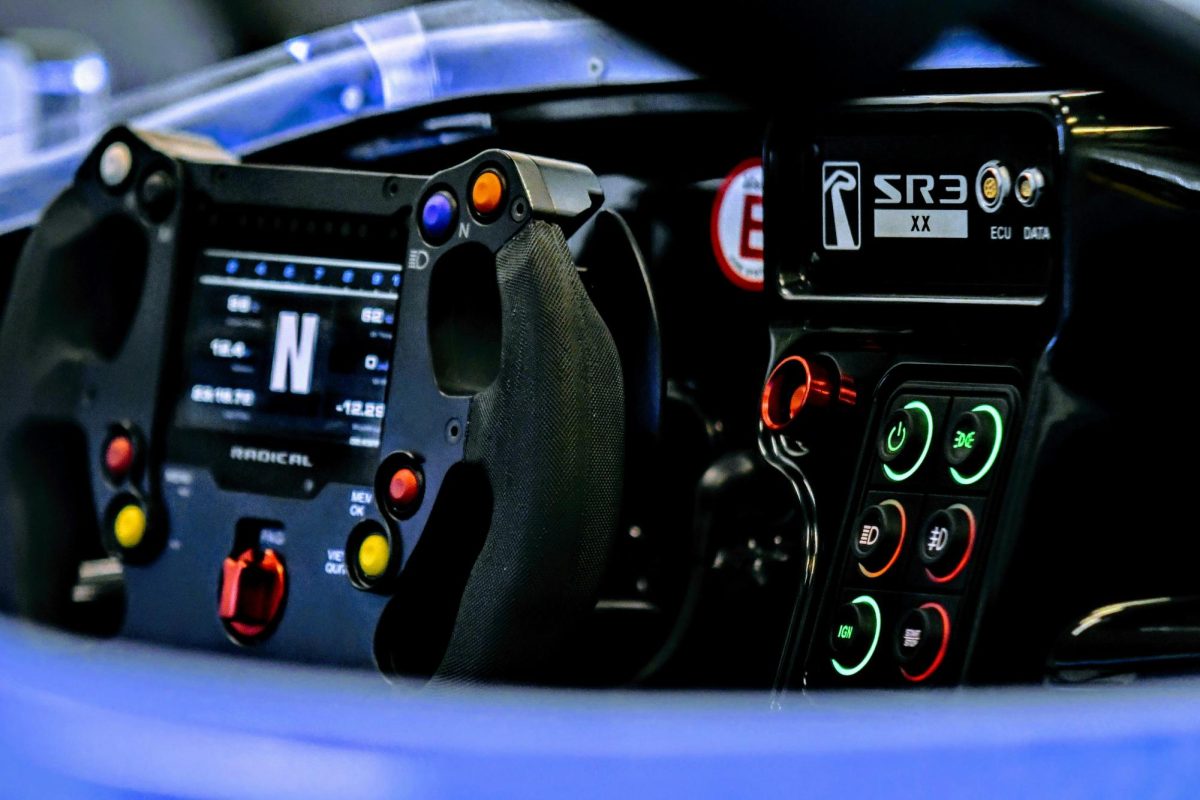General Motors announced it will join Haas F1 as the second American-based F1 team on the grid. However, with Logan Sargeant’s recent departure, American drivers are absent from the sport. Why is this, though? American drivers see success in other international series, such as WEC, so why not F1?
It’s been almost 50 years since an American last won an F1 Grand Prix. Mario Andretti was the last American to step on the 1978 Dutch Grand Prix podium. Americans were relatively strong competitors. Phil Hill, who won the championship in 1961 and Dan Gurney, with his AAR Eagle of his design, became the first and only American team to win a race.
Yet, since Andretti, a strong American competitor has yet to emerge. American drivers exist in a vacuum compared to European drivers as they rise through the feeder series from karting to early formula divisions. They face drivers from all over Europe and a much more diverse talent pool.
In America, drivers usually don’t face many, if any, drivers from outside America. This causes a gap in driving skills between the two sides of the Atlantic. However, there is a strong pull on American-born drivers who stay in the U.S. and race.
There are numerous racing series where a driver can make a good living by never leaving the US, ranging from NASCAR to IMSA to World of Outlaws, offering substantial pay for fast drivers and teams. So when drivers like Kyle Larson have been fast in any race car he’s hopped into, why would he fly to Europe to drive an F1 car?
A driver’s chances of making it to F1 are minimal. There are only 20 grid spots (soon to be 22) in F1. Unlike other racing series, this number isn’t flexible, so if an outside driver wants to get a spot, they must wait for someone to give up their place or be forced out.
While F1 is built on the back of money, less wealthy drivers can make it in American motorsport than in F1.
A season in dirt late models, one of the most popular dirt series, costs a team roughly $500,000. Now, this sounds like a lot, and it is. Compared to F1, it’s peanuts.
It costs around $135 million to get a seat in F1, and the number is only growing. I’m not going to say that dirt late models come with the same fame and fortune as F1, but many drivers make a decent living racing in late models.
So, do American drivers have a place in the sport of F1? Many have done so before, and many will in the future. Unfortunately, the odds are stacked against them, and it will take a driver with generational talent to rise and break that barrier.



























